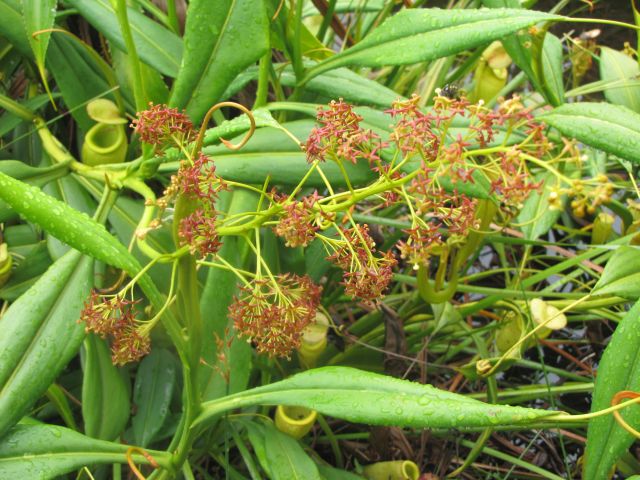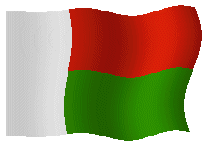How to NEPENTHES near Pangalanes Channel
During your hike in Akanin'ny Nofy (or Palmarium), you will come across this beautiful carnivorous plant that looks like a "jug" or "purse" according to some observers.
Where is the best spot to observe NEPENTHES in Madagascar ?
In Madagascar, it is located in 3 places: Taolagnaro (Fort-Dauphin), the Presqu’ile de Masoala and all along the Canal des Pangalanes.
Scientific or botanical name of NEPENTHES : Nepenthesenthes madagascariensis, Nepenthesenthes ventrata or ventricosa.
Among Westerners, Etienne de Flacourt was the first to describe it in 1658. The scientific community of the time was surprised to find it so far from its main home, that is to say in Southeast Asia. This botanist was therefore the first to mention his establishment in the Big Island.
For scholars, he was the first to state the "endemic pitcher plant" Nepenthesenthes madagascariensis, simultaneously with the "Madagascar Periwinkle". Source : Wikipedia.
Vernacular names of NEPENTHES
The "natives" had known NEPENTHES for a long time. It fits into the pharmacopoeia used on the East Coast of Madagascar. It is thus attributed the following names : Amponga, Ampongandrano, Ampozandrano, Betakotra, Oramitako, Ponga, Ravinkapoaka, Takotra, Nepenthesenthes Masoalensis, Tsiveravera.
The vernacular names always indicate the location of the plant or its pharmacopoeia virtues. By stating the native name, one can quickly know the diseases that it could cure. This encyclical know-how was lost with the arrival of Western botanists, who took pleasure in naming plants with Latin names.
What are the 2 fascinating peculiarities of this wicked carnivorous plant ?

The pharmacology of NEPENTHES or ethnopharmacology
During a certain colonial era and in order to promote medicines of Western origin, scientists and doctors of the time (including those trained in medical schools in Madagascar) denigrated the indigenous pharmacopoeia.
Here is a reference that tells us medicinal virtues of Kapilanomba.
Here are the authors : Razafindraibe, M., A. R.Kuhlman, H. Rabarison, V. Rakotoarimanana, C.Rajeriarison, N. Rakotoarivelo, T.Randrianarivony, F. Rakotoarivony, R. Ludovic, A. Randrianasolo, R. W. Bussmann
Book published in 2006, in the Journal of Ethnobiology and Ethnomedicine 2:22 (2006) : Medicinal plants used by women from Agnalazaha littoral forest (Southeastern Madagascar)
The treatment methods listed according to their classifications :
H (015x) albumin, H (030) placental adhesion, H (051) malaria, H (053) ear disease, H (056) filariasis, H (100) gonorrhea, H (100) syphilis, whole plant of Nepenthesenthes madagascariensis, RNS. (Medicinal plant used by women near and around the coastal forest of Agnalazaha)
You can download this article here in pdf format.
Other sources of information are available from this platform FOFIFA et du Département Forets & Biodiversité.
To conclude this discovery meeting, we suggest that you take the time to observe the fascinating implementation of the NEPENTHES trap during your hike during your stay in Akanin'ny Nofy.





